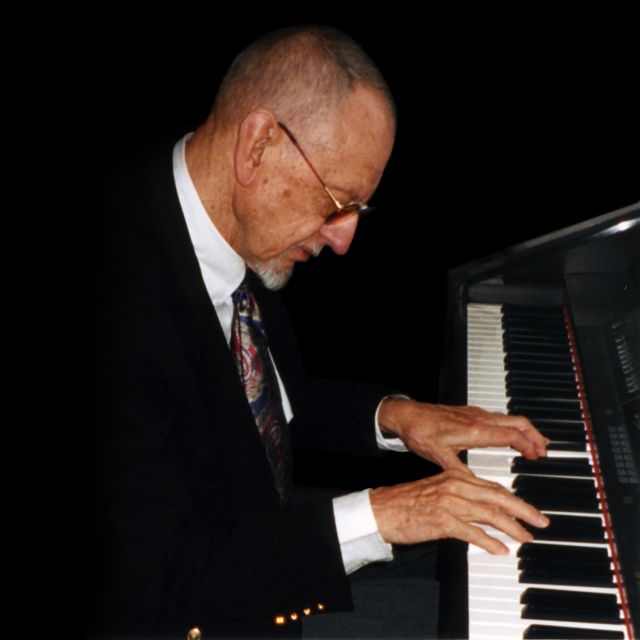AFTER THE BALL was written in 1892 by Charles K. Harris. That decade is referred to as "the gay 90's," a misnomer if there ever was one! Of course, the word "gay" originally had a quite different connotation from that of today. The fact is, however, a far more accurate description of the 90's might employ the word "lugubrious," for this was a time when all wore their hearts on their sleeves. Sadness was in vogue, and grown men would weep at a hint of that sentiment in a song's lyrics!
I started playing AFTER THE BALL on the piano at a very early age, and when I discovered its reputation as a monster hit, I could never understand how such a short and simple tune could have made such a splash.
And then I learned that all of the songs of the age had two parts to their structure: the verse and the refrain -- often called the "chorus." The songs usually had many verses, each followed by the same refrain.
Here's the deal:
The story of a song (usually sad and lengthy) was related in the verses and, each in its turn, was followed by the same refrain. Eureka! I understood!
The familiar part of AFTER THE BALL (the chorus) basically says:
"Many a heart is broken -- after the ball." So what was there in its verses that made this song sell five million copies? Nothing like that had previously happened!
The first verse tells of a little niece, sitting on her great uncle's lap. She asks, "Uncle, why did you never have babies?"
Verse 1
He tells her his story. As a young man, he takes his sweetheart to a grand, glittering ball. Soon after their arrival, she asks him to fetch a glass of water for her.
Chorus
After the ball is over, after the break of morn,
After the dancers' leaving, after the stars are gone --
Many a heart is aching, if you could read them all;
Many the hopes that have vanished, After the ball.
(Note: You can view every article as one long page if you sign up as an Advocate Member, or higher).





